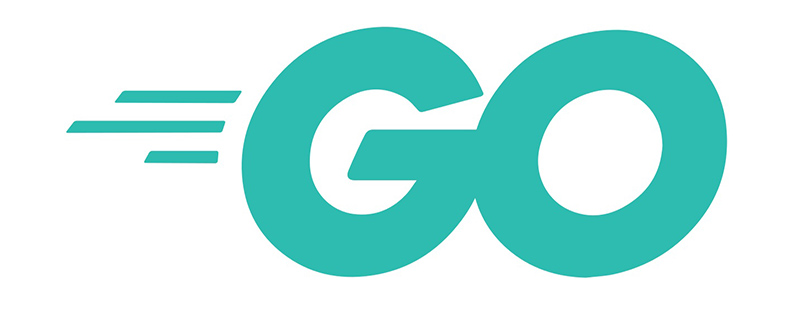在Go语言中,你可以使用AK/SK(Access Key/Secret Key)进行身份验证,通常用于云服务的API调用。下面是一个简单的示例,展示如何使用AK/SK来访问某个API。
这个例子假设我们正在访问一个假想的API,需要在请求中包含我们的AK和SK。
示例代码
package main
import (
"bytes"
"crypto/hmac"
"crypto/sha256"
"encoding/base64"
"encoding/json"
"fmt"
"net/http"
"time"
)
// API请求结构体
type ApiRequest struct {
Action string `json:"action"`
Data string `json:"data"`
}
// 生成签名的函数
func generateSignature(secretKey, data string) string {
h := hmac.New(sha256.New, []byte(secretKey))
h.Write([]byte(data))
return base64.StdEncoding.EncodeToString(h.Sum(nil))
}
func main() {
// 替换为你的 Access Key 和 Secret Key
const accessKey = "your_access_key"
const secretKey = "your_secret_key"
requestData := ApiRequest{
Action: "SomeAction",
Data: "YourDataHere",
}
jsonData, err := json.Marshal(requestData)
if err != nil {
fmt.Println("Error marshaling JSON:", err)
return
}
signature := generateSignature(secretKey, string(jsonData))
req, err := http.NewRequest("POST", "https://api.example.com/endpoint", bytes.NewBuffer(jsonData))
if err != nil {
fmt.Println("Error creating request:", err)
return
}
req.Header.Set("Content-Type", "application/json")
req.Header.Set("X-Access-Key", accessKey)
req.Header.Set("X-Signature", signature)
client := &http.Client{}
resp, err := client.Do(req)
if err != nil {
fmt.Println("Error sending request:", err)
return
}
defer resp.Body.Close()
if resp.StatusCode == http.StatusOK {
var response map[string]interface{}
// 可以根据实际需要处理响应数据
// io.ReadAll(resp.Body)来读取返回结果并解析为相应结构体或map
fmt.Println("Success:", resp.StatusCode)
} else {
fmt.Printf("Failed to call API: %s (status code: %d)\n", resp.Status, resp.StatusCode)
}
}
说明
- 生成签名:使用HMAC SHA-256算法对请求数据进行加密,然后将其编码为Base64格式。这通常用于确保请求未被篡改。
- 创建HTTP请求:使用
http.NewRequest构建POST请求,并设置必要的头部信息,包括Access Key和签名。 - 发送请求:通过HTTP客户端发送请求,并处理响应。
注意事项
- 请确保替换示例代码中的
your_access_key和your_secret_key为你自己的有效凭证。 - 确保正确处理API返回的数据,根据你的需求解析JSON响应。
- 在生产环境中,请务必注意安全性,不要将敏感信息硬编码到源代码中。建议使用环境变量或安全存储机制管理凭证。
内容由零声教学AI助手提供,问题来源于学员提问




















